Home > Climate News >

Research on soil sequestration
Soil carbon (C) sequestration is one of three main approaches to carbon dioxide removal and storage through management of terrestrial ecosystems. Soil C sequestration relies of the adoption of improved management practices that increase the amount of carbon stored as soil organic matter, primarily in cropland and grazing lands. These C sequestering practices act by increasing the rate of input of plant-derived residues to soils and/or by reducing the rates of turnover of organic C stocks already in the soil.

Fighting climate change through farming
Some research suggests that widespread trapping of carbon in soil through practices such as cover cropping, low- or no-till cultivation, and crop rotation could globally store up to the equivalent of eight billion metric tons of carbon dioxide per year—nearly matching current annual emissions from the burning of fossil fuels, though more research is needed to determine if the gains decline overtime…

The Secret Weapon to Healthier Soil
Cover crops, an age-old farming strategy, can help boost soil health, protect water sources, and create fields that are more resilient to climate change. Watch how…
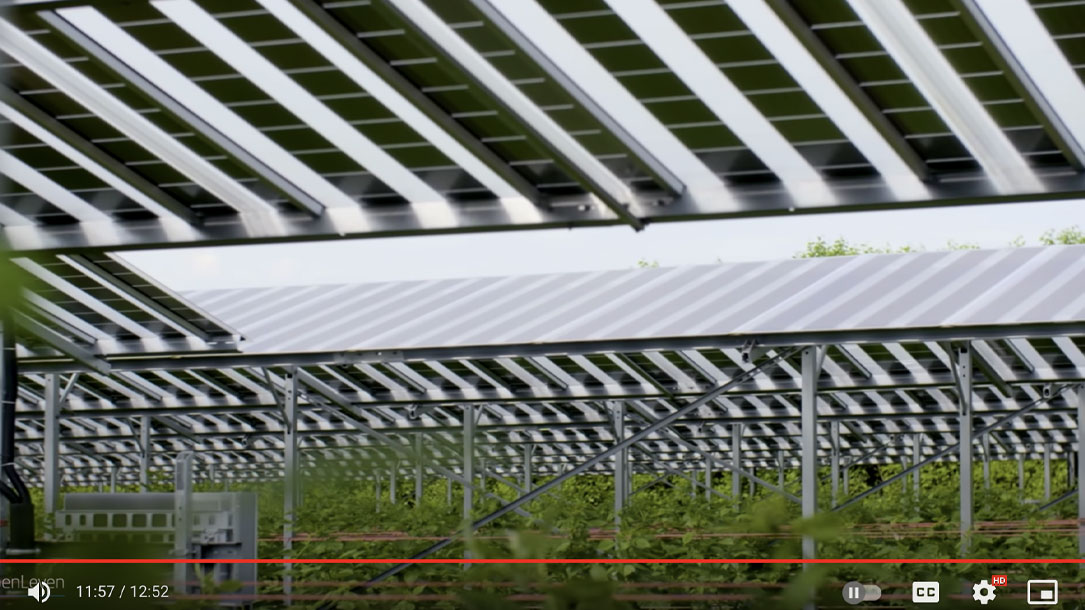
Friday Feature: Agrivoltaics — farming under solar panels
With the push to seek alternative energy sources, solar farms are buying up farm land. Agrivoltaics is the combination of the two, so the land is not lost for food production. There are benefits to partial shade for crop production, such as lower irrigation requirements. The trick is to find the right mix to have both productive crop production and also adequate solar energy production. There are research projects in Colorado, Arizona, and Oregon to evaluate this opportunity that is already being utilized to some extent in Europe.
Check out the pros and cons of combining farming with solar installations…

California conservation to address climate change
[In 2021] the Trust for Public Land and JPMorgan Chase announced a $500,000 collaboration to launch The Trust for Public Land’s new California Climate Conservation program, and protect natural and working lands, mitigating climate impacts for people in the Central Coast and Los Angeles County. The program will incorporate California’s climate action strategy and help achieve greater community resilience through nature-based solutions and by engaging with local communities…
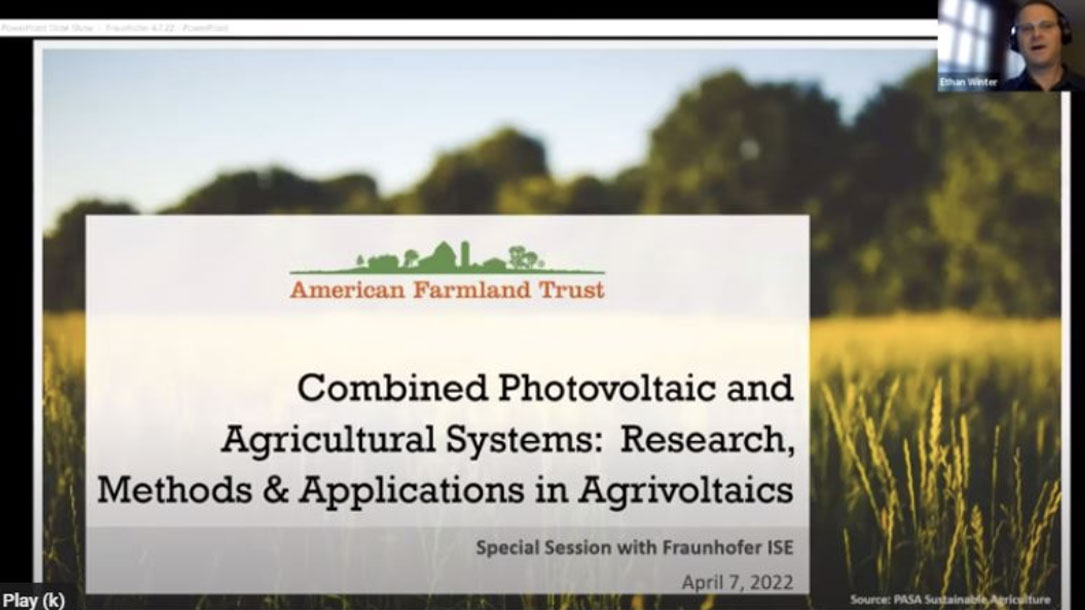
Solar that supports farmers, soils, water
While states and communities around the U.S. are ramping up renewable energy commitments and incentivizing solar development, many farms are struggling. There is also growing concern that solar development could displace active agricultural use on productive farmland, with impacts to farm renters, local economies, and regional food systems. Without an integrated approach, achieving clean energy goals may come at the loss of some of our most fertile and economically viable farmland to solar development.
American Farmland Trust seeks a more collaborative and sustainable path forward towards a clean energy transition that supports healthy soils, wholesome food, and vibrant farms…
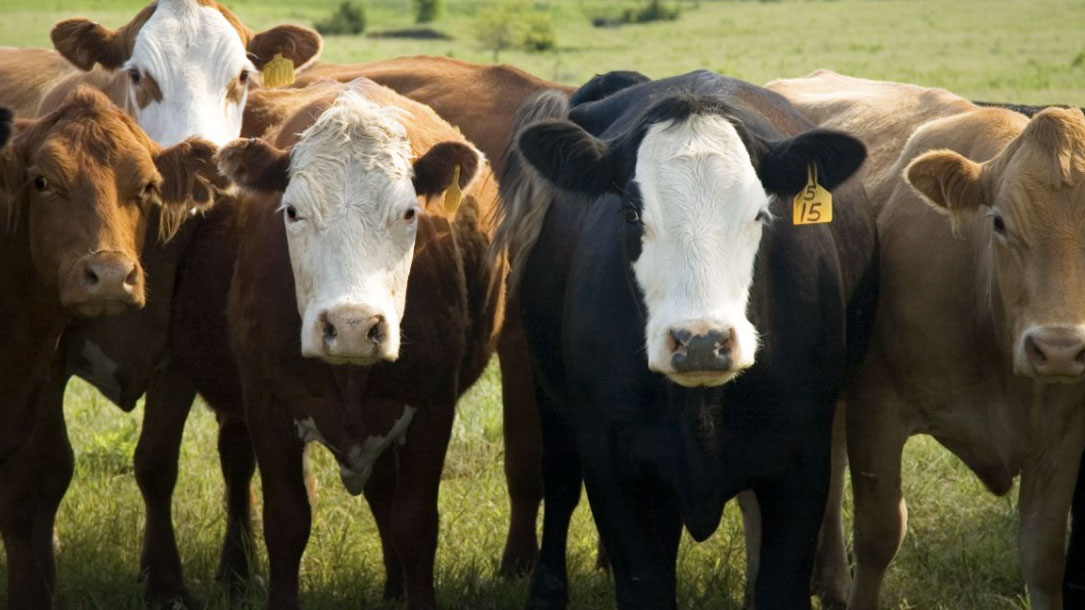
Regenerative ranching is better for the environment, but can it be profitable?
Ellis tells me that she did the math, and the amount of beef she produces on her ranch in a year is about the same quantity that McDonald’s uses globally in 45 minutes. “I’m this tiny blip on the radar,” she says. “But if I could get all ranchers across the nation doing the job sustainably, then we’d have a lot of clout.”
She says most consumers have no idea if their beef comes from a ranch with environmental goals. “I want to give them that choice”…

Farms under threat: the state of the States
American Farmland Trust’s new report used spatial mapping analyses of agricultural land conversion to provide unprecedented insights into the status and fate of American farmland. Our findings and maps of agricultural land at the state, county, and even sub-county levels show that between 2001 and 2016, 11 million acres of farmland and ranchland were converted to urban and highly developed land use (4.1 million acres) or low-density residential land use (nearly 7 million acres).
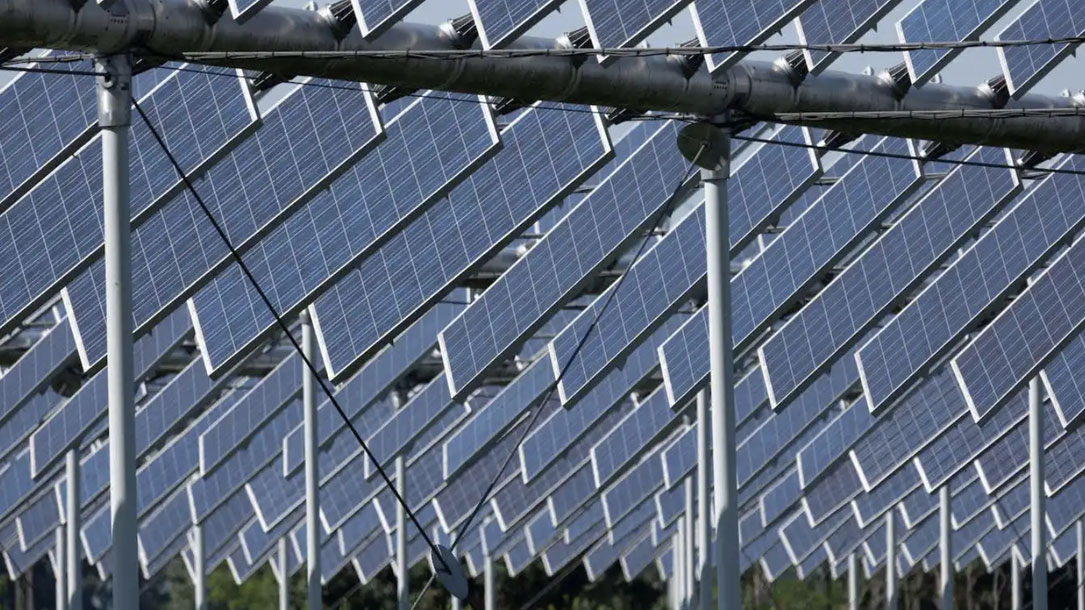
Growing plants — and providing solar energy
Access to fresh food is already a problem in many countries, and will likely get worse with more mouths to feed. This is where the concept of agrivoltaics could create a massive change. This farming setup mixes water, energy, and plant growth all in one space. Solar panels collect energy from the sun’s rays; underneath those panels is where the plants grow. The setup takes less water than the traditional way of farming, all-in-all creating a more sustainable way to grow food and create energy.
Joining Ira to talk about the promise of agrivoltaics is Dr. Chad Higgins, associate professor of biological and ecological engineering at Oregon State University, in Corvallis, Oregon.
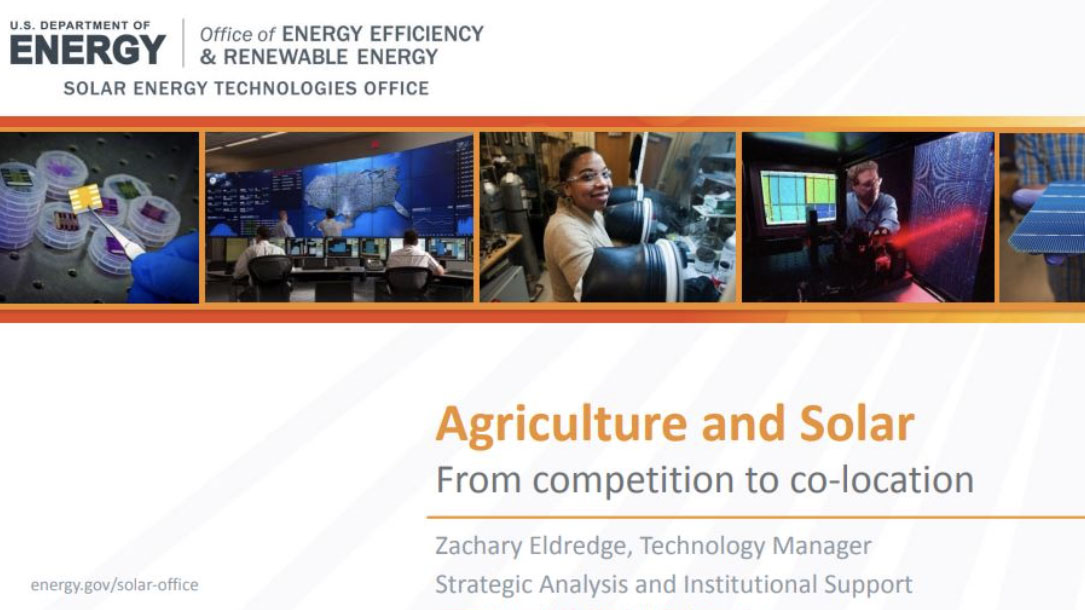
Federal agrivoltaics research and programs
In this webinar Zachary Eldredge with the US Department of Energy’s Solar Energy Technologies Office (SETO) discussed the government’s agrivoltaics programs and recent developments in agrivoltaics engineering.
You can listen to the webinar and download the slides. You might want to join American Solar Grazing Association ($75/year) to stay abreast of research and practices related to dual-use, grazing/crop solar.












